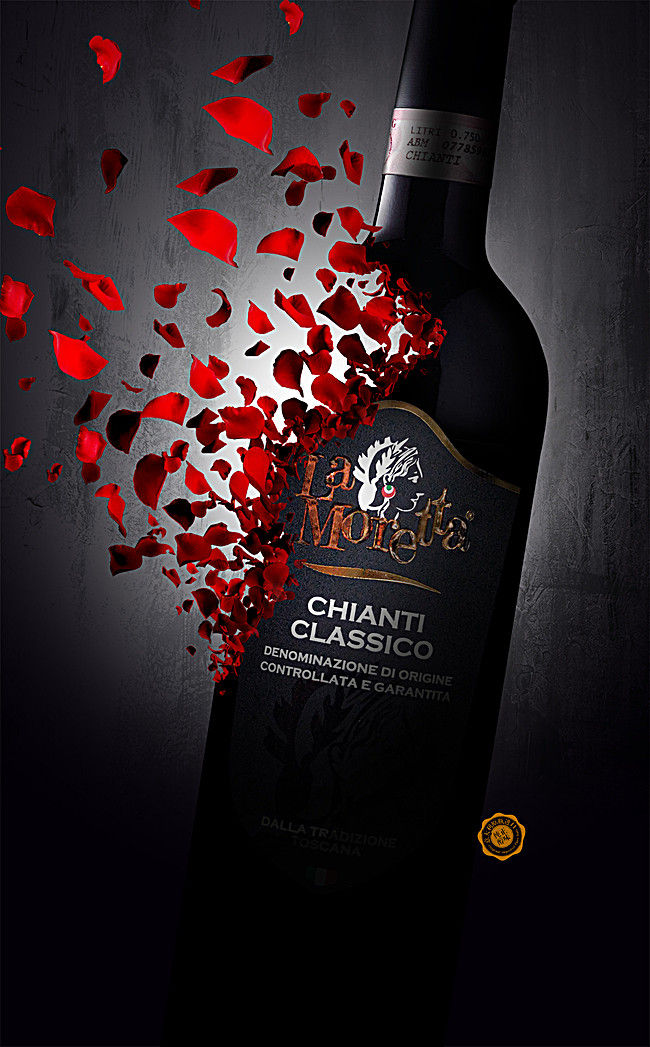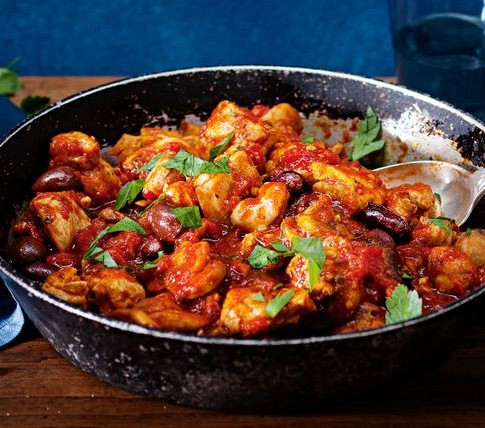The food of love
- rosemarydearman1
- Oct 21, 2018
- 6 min read
"Aphrodisiacs, as a concept, were invented by men. The idea of special foods endowing the male of the species with special properties is a very masculine idea, seemingly born of ego and insecurity. Women are more likely to allow mother nature to provide the sensuality: a fresh peach, a floral wine, a delicious fish." Jill Dupleix

I can't quite remember now the exact phrasing of David's request for tonight's special meal, but it was something along the lines of romance and aphrodisiacs - a food of love. He was being funny I think. Anyway why not look into food as aphrodisiac, which I guess is what he meant? So I took up the challenge.
I remembered that Jill Dupleix had a page dedicated to 'Sex' in her book New Food, so this was my first port of call. I also had a vague memory of noting that I really didn't fancy any of the foods that were supposed to be aphrodisiacs. I seemed to remember oysters - and indeed these are popularly, but not scientifically, said to be aphrodisiac. Jill Dupleix ends her little article with a recipe for Oysters with Angelhair Pasta and Caviar modified from one by Marco Pierre White, which I really don't think is going to happen. Oysters - as I have already said - ugh - and caviar - almost as ugh and pretty expensive to boot. And I know that David doesn't like oysters or caviar either.
So what to do?
Google, of course, was my first port of call - where I found that some everyday foods are considered by some to be aphrodisiacs, although I'm not sure why - the most common were chocolate, figs, asparagus, the aforesaid oysters and caviar, strawberries, honey (honeymoon anyone - we didn't have one of them), ginger, chillies and avocados. It seems you really can't go wrong with avocados - they do everything you could possibly want from a food - well maybe. David doesn't like avocados so they won't be on the menu. It's all very maybe though - science has no proof that any of these things are aphrodisiacs, except perhaps for chocolate which has the stimulant phenylalanine in it. Really though, as one article pointed out:

"there is only one truly ingestible aphrodisiac and that's the grape, after it's fermented."
Jay Rayner - The Guardian
But you have to get the amount right. Too much and it leads to Shakespeare's "it provokes the desire, but it takes away the performance".
Wine is a definite though - and preferably champagne - because another aspect of aphrodisiac food is expense - caviar, oysters, truffles, champagne, even chocolate which used to be rare, and still can be today if you buy it from some expensive chocolatier. Woo your love with an expensive bottle of wine, some expensive chocolates a diamond or two and a meal featuring oysters, caviar and strawberries at an expensive restaurant and you're more than halfway there. Well that's what some men think anyway - 'I paid for all of this expensive stuff so I deserve sex as a reward.' Which isn't romantic at all. It's another fine line isn't it - for both the men and the women - is the expense a romantic gesture - wouldn't we all love to be whisked away to some exotic spot and wined and dined luxuriously - or is it a bribe?

"They're the edible equivalent of a diamond necklace, monetary tokens of affection, a flashy display to show you care. The thrill of eating something expensive may veer for some people into the sexual. If that's how you get your kicks, good for you." Geraldine Bedell - The Guardian
Going back to aphrodisiacs - historically and culturally that is - named after the goddess of love Aphrodite, and as ancient as man, most are either completely revolting - I won't even go there, or really bad for the poor endangered animals of the planet. Geraldine Bedell of the Guardian has written a long and comprehensive article on aphrodisiacs in which she lists some of these things. In similar nonsensical vein are foods whose shape or texture is considered sexual - all those phallic things like asparagus, bananas and cucumbers, slimy things, things you peel like figs and artichokes - do you remember ever seeing that short film of an artichoke being peeled to sexy giggles and sexy music? I tried to find it but couldn't. It was very funny.
All of these foods - indeed food in general - is also the complete opposite - regarded by ascetics, anorexics and the plain mad as sinful, with it's joyful consumption associated with decadence of all kinds - and we all know that decadence leads to the fall of empires! These days though, thanks to Nigella and the like food has become sexy again. And it's now alright to actually enjoy the cooking (and eating) rather than regarding it as a chore, something that just has to be done to keep us alive and healthy.
"Food has become tactile and playful again ('get floury, sticky, wholly involved,' advises Lawson) and a zest for life now seems more or less to require a lipsmacking relish for the physical pleasures of food. Love of eating is flaunted almost as proof of sexiness, implying a sound relationship with one's body." Geraldine Bedell - The Guardian

But beyond the sexy, food is really a gesture of love don't you think? Whether you are cooking it or dining on wonderful food in some beautiful place. It's romantic - which is not quite the same as sexy. If you have cooked the meal you have put something of yourself into it - even if it's just wondering what your loved one or ones - if your friends and family are involved - will like.
"There really is something about the process of eating a meal with a significant other that is sexy, but it has nothing to do with the food itself. It's all to do with the intimacy of the act, its elemental nature. Eating, like sex, is something instinctive. Get it right, by which I mean do it with real enthusiasm and intensity, and immediately you are wearing your elemental self on your sleeve" Jay Rayner - The Guardian
And it's not just the cook who gives. The person who has been cooked for has to play their part too - be properly appreciative, or at least constructively critical if they don't like what is on offer. They should give their full attention to the meal and not be distracted by other things. The cook has done their bit. The partner in the dance should do theirs.
"Just remember, however, that your mood is even more important than your food. If you are feeling warm, relaxed, happy and loved, then cheese on toast and a nice cup of tea are going to work just as well." Jill Dupleix
So what did I decide to cook? Well chocolate mousse - easy and paying lip service at least to the aphrodisiac theory. But for the main course I have gone for romance, in the guise of nostalgia. I think the very first meal that David cooked for me, before we were married, was Chicken Marengo. It was absolutely delicious and I was so impressed. I thought it was an Elizabeth David recipe from French Provincial Cooking and indeed she does have a recipe for Veal Marengo, but I don't have any veal - it's difficult to get and anyway I disapprove. So I'm actually going to go to the original Marengo recipe which is for chicken. The legend of this particular dish is that it is an invention of Napoleon's chef, Durand, who had to find him something to eat after his victory at the Battle of Marengo. He found some chickens, mushrooms and tomatoes and sautéed them together. Most stories say it was served with prawns, triangles of fried bread and a fried egg, and some say there were olives too. Napoleon was said to be so pleased that he used it as a lucky charm at all of his battles. There does seem to be considerable doubt about some of the story though. Alan Davis - a notable English cookery writer asserts there would be no tomatoes - I assume because it was the wrong time of year, and the prawns, egg and olives don't seem to be consistent ingredients. Also Durand was not his chef at the time. So it's likely that it is instead a dish created later as a homage to the victory. There are lots of recipes available so I shall now do a search and decide which one to use. Or fiddle with Elizabeth David's veal one. I might have to remind David why this should be a food of love though.
















Comments